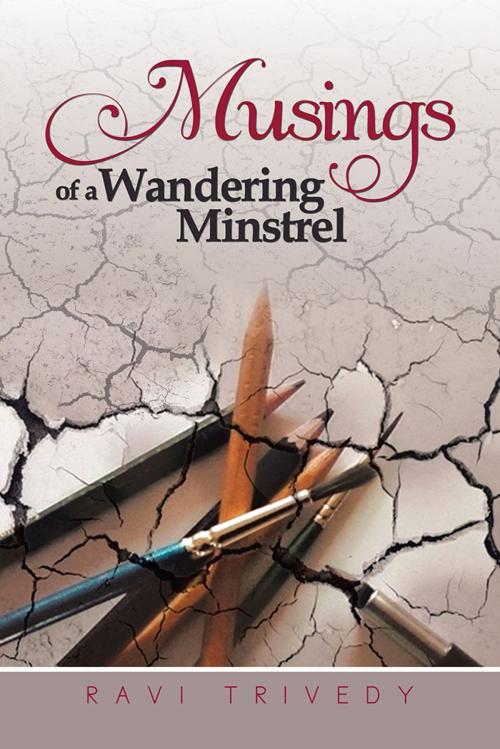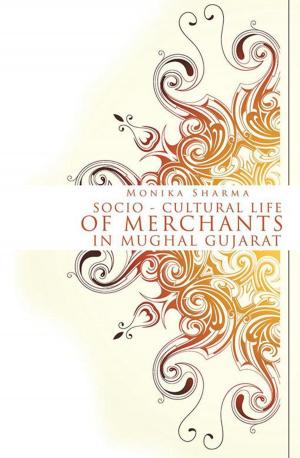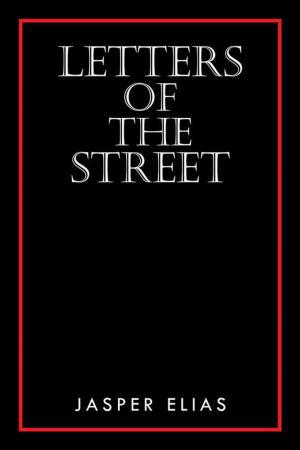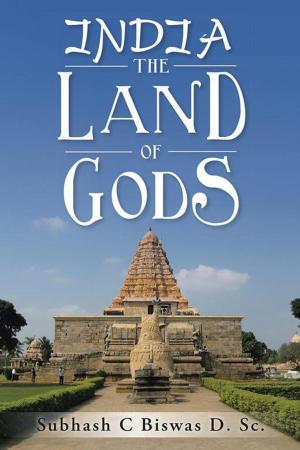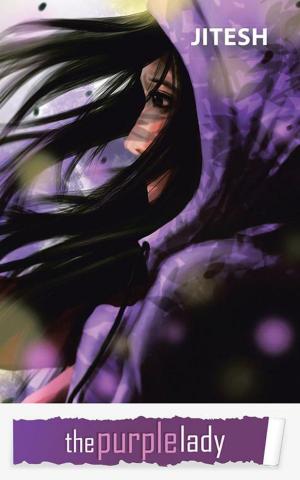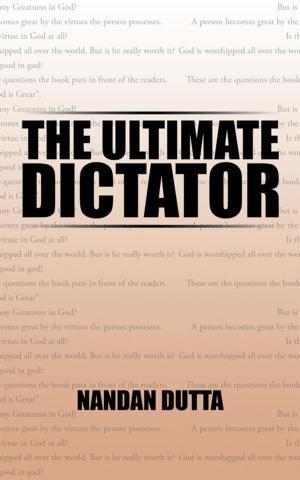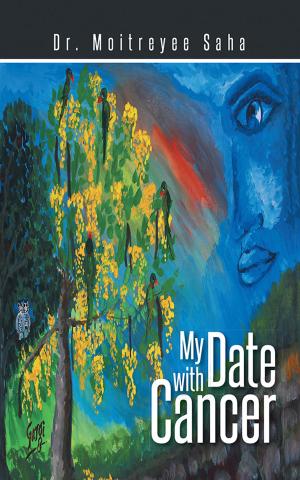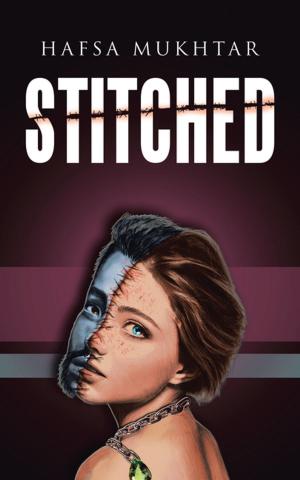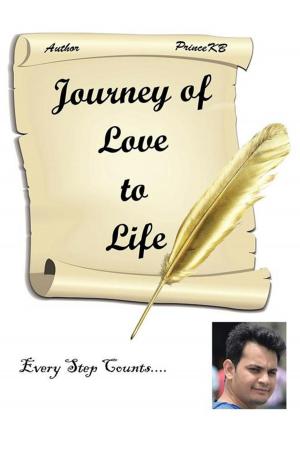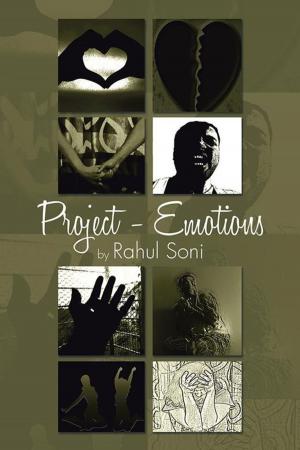Musings of a Wandering Minstrel
Nonfiction, Art & Architecture, General Art, Fiction & Literature, Poetry| Author: | Ravi Trivedy | ISBN: | 9781482813357 |
| Publisher: | Partridge Publishing India | Publication: | October 27, 2013 |
| Imprint: | Partridge Publishing India | Language: | English |
| Author: | Ravi Trivedy |
| ISBN: | 9781482813357 |
| Publisher: | Partridge Publishing India |
| Publication: | October 27, 2013 |
| Imprint: | Partridge Publishing India |
| Language: | English |
If you have observed the changing world through the wrong end of a telescope, then you will feel a level of resonance with the selections in this book. All those messages of hopeabout seeking the holy grail of self-fulfillmenthave made many, including the author, snap out of the assembly line in the grind factory and follow their own twisted paths. The observations in this collection are a summation of experiences (real and imaginary) of a sometimes cynical, mostly agnostic, and always iconoclastic bystander. A number of the pieces in the book feel like an out-of-body experience, where you are a bemused observer, watching the unfolding of both normal and warped human emotions. This is not totally esoteric poetry. Even where used, cryptic or obscure references are not embedded solely for the intent of making the flow intolerable or to leave the reader bewildered. Many of these works are influenced by the natural rhyming flow in deference to the masters, and yet others follow a freeflow styleyet not in an abstruse manner. The jumble of subjects is by accident, not intention. Thus a happy lilting piece, sandwiched between two darker pieces, just happened. The humor section, however, is mostly introspective. The author sees self-derision (and not deprecation) as a good starting point for dabbling in humorcertainly less offensive than applying it to others. Studying in a fiercely nationalistic school in India, the author grew up reading the poetry of the titans Tagore, Gupt, Dinkar, and Subhadra Chauhan. Later, listening to the melodies of Indian film music, he was influenced by the brilliant use of phrases by Ghalib and later by Azmi and Sahir. The nine years spent studying and working in America introduced the author to the sheer wizardry of W. B. Yeats, the darker verse of Edgar Allen Poe, the desperation of Maya Angelou, and sheer delight in the humor of Ogden Nash and James Thurber. Finally, a word about the embedded art: While each sketch or ink print may be seen for the sake of art only, the reality is that each is an embellishment to one of the included pieces of poetry. Just as in the poetry, the art is a combination of real and imaginary visualizations.
If you have observed the changing world through the wrong end of a telescope, then you will feel a level of resonance with the selections in this book. All those messages of hopeabout seeking the holy grail of self-fulfillmenthave made many, including the author, snap out of the assembly line in the grind factory and follow their own twisted paths. The observations in this collection are a summation of experiences (real and imaginary) of a sometimes cynical, mostly agnostic, and always iconoclastic bystander. A number of the pieces in the book feel like an out-of-body experience, where you are a bemused observer, watching the unfolding of both normal and warped human emotions. This is not totally esoteric poetry. Even where used, cryptic or obscure references are not embedded solely for the intent of making the flow intolerable or to leave the reader bewildered. Many of these works are influenced by the natural rhyming flow in deference to the masters, and yet others follow a freeflow styleyet not in an abstruse manner. The jumble of subjects is by accident, not intention. Thus a happy lilting piece, sandwiched between two darker pieces, just happened. The humor section, however, is mostly introspective. The author sees self-derision (and not deprecation) as a good starting point for dabbling in humorcertainly less offensive than applying it to others. Studying in a fiercely nationalistic school in India, the author grew up reading the poetry of the titans Tagore, Gupt, Dinkar, and Subhadra Chauhan. Later, listening to the melodies of Indian film music, he was influenced by the brilliant use of phrases by Ghalib and later by Azmi and Sahir. The nine years spent studying and working in America introduced the author to the sheer wizardry of W. B. Yeats, the darker verse of Edgar Allen Poe, the desperation of Maya Angelou, and sheer delight in the humor of Ogden Nash and James Thurber. Finally, a word about the embedded art: While each sketch or ink print may be seen for the sake of art only, the reality is that each is an embellishment to one of the included pieces of poetry. Just as in the poetry, the art is a combination of real and imaginary visualizations.
